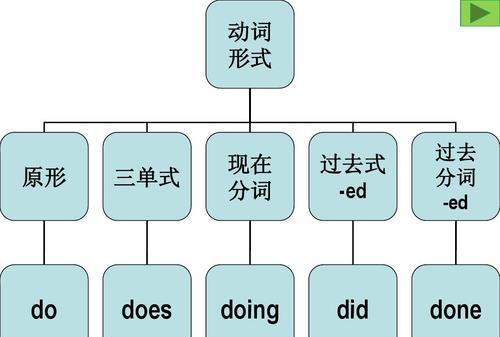在英语语法中,助动词的位置取决于句子的类型。在肯定句中,助动词通常位于主语和主要动词之间。在否定句中,助动词位于否定词(not)后面,主要动词还原为原形。在疑问句中,助动词位于主语之前,主要动词还原为原形。当句子中有疑问词时,助动词通常位于疑问词之后,主语和主要动词之间。当助动词与主要动词组成的动词短语过长时,助动词可能会提前到句首。

肯定句
在肯定句中,助动词通常放在主语和主要动词之间。例如:
- I am studying English.
- She has finished her homework.
- They will arrive at the airport tomorrow.
否定句
在否定句中,助动词通常放在否定词(not)后面,主要动词则还原为原形。例如:
- I am not studying English.
- She has not finished her homework.
- They will not arrive at the airport tomorrow.
疑问句
在疑问句中,助动词通常放在主语之前,主要动词还原为原形。例如:
- Am I studying English?
- Has she finished her homework?
- Will they arrive at the airport tomorrow?
疑问词
当句子中有疑问词(如what、who、when、where等)时,助动词通常放在疑问词之后,主语和主要动词之间。例如:
- What are you doing?
- Where has she been?
- When will they arrive?
需要注意的是,当助动词与主要动词组成的动词短语过长时,助动词可能会提前到句首。例如:
- Could not you help me with my luggage?

